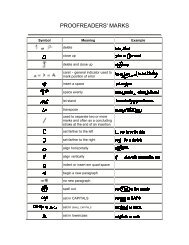View - Martin Kröger - ETH Zürich
View - Martin Kröger - ETH Zürich
View - Martin Kröger - ETH Zürich
You also want an ePaper? Increase the reach of your titles
YUMPU automatically turns print PDFs into web optimized ePapers that Google loves.
THERMODYNAMICALLY ADMISSIBLE REPTATION MODEL<br />
1309<br />
FIG. 10. Steady-state first-normal-stress difference vs dimensionless shear rate for Z 20 and Z 40 with<br />
the other parameter values as for Fig. 9.<br />
but may profit from an adjustment if a plateau for the steady time-averaged extinction<br />
angle at high rates caused by unsteady rotation of chains would be experimentally confirmed.<br />
In Fig. 12 we show the transient extinction angle predicted in the startup of shear flow<br />
followed by a step down in shear rate. In both predictions by our model and the FCS<br />
model, the extinction angle shows an undershoot at the startup of the first shear rate and<br />
an immediate undershoot at the inception of the lower shear rate before reaching a<br />
steady-state value. These predictions are in agreement with the experimental data Mead<br />
1996; Oberhauser et al. 1998. However, the second undershoot predicted by our<br />
model is too small compared with both the experiment and the prediction of the FCS<br />
FIG. 11. Steady-state extinction angle as a function of shear rate predicted by the models and experiment.





